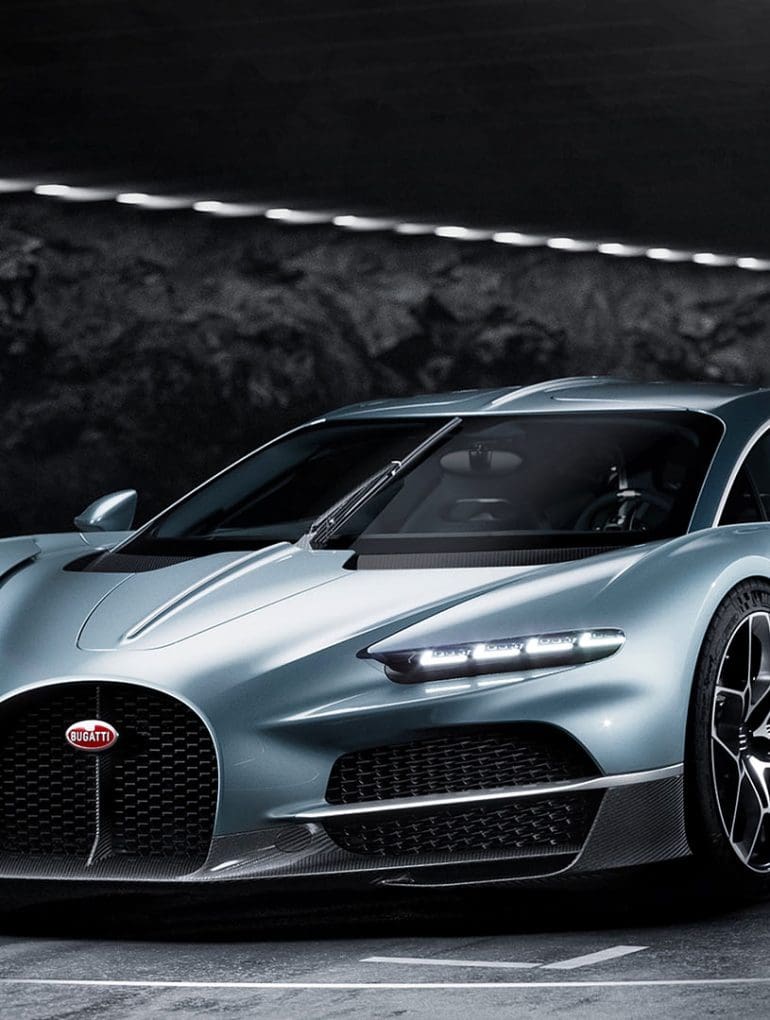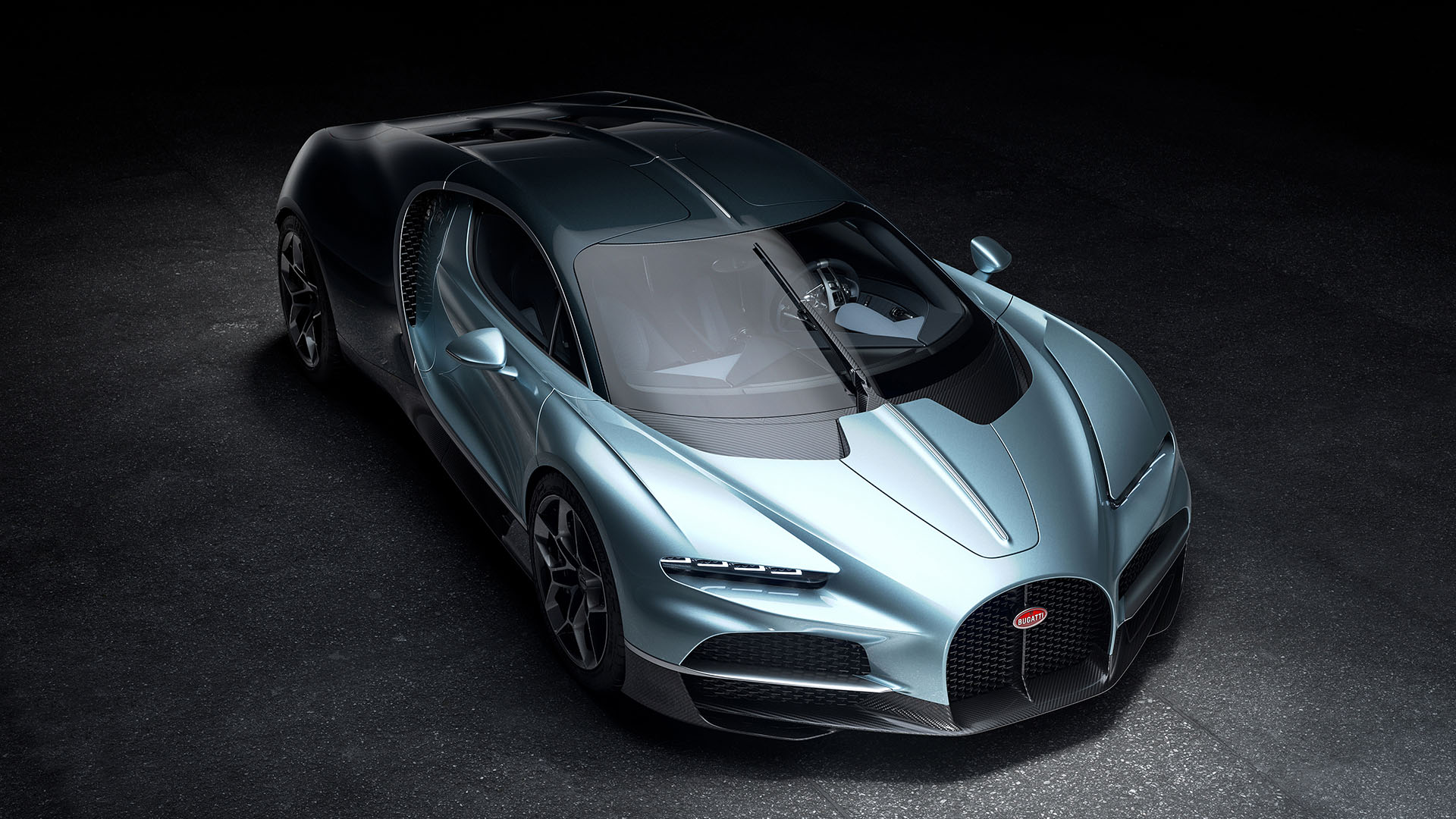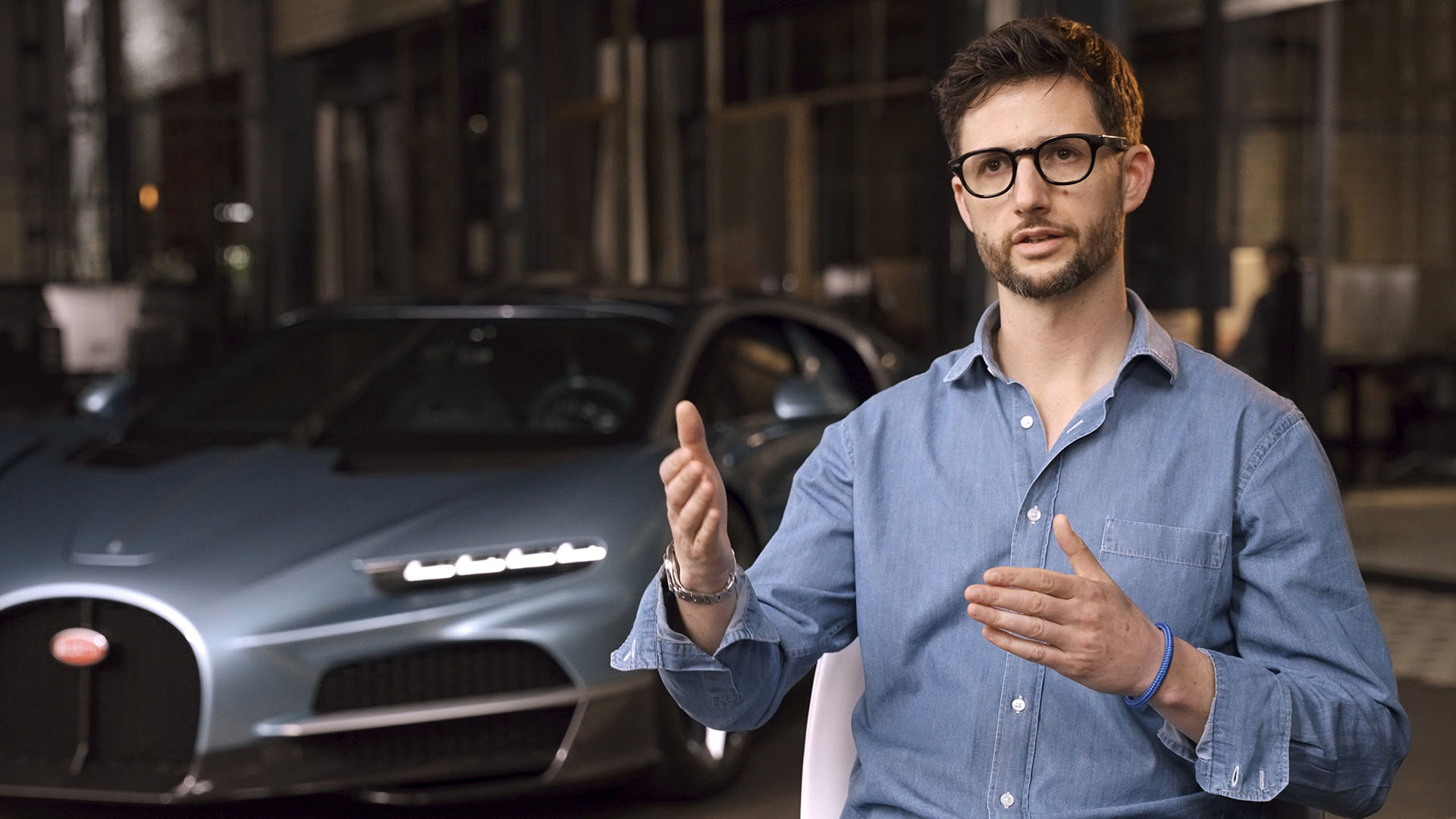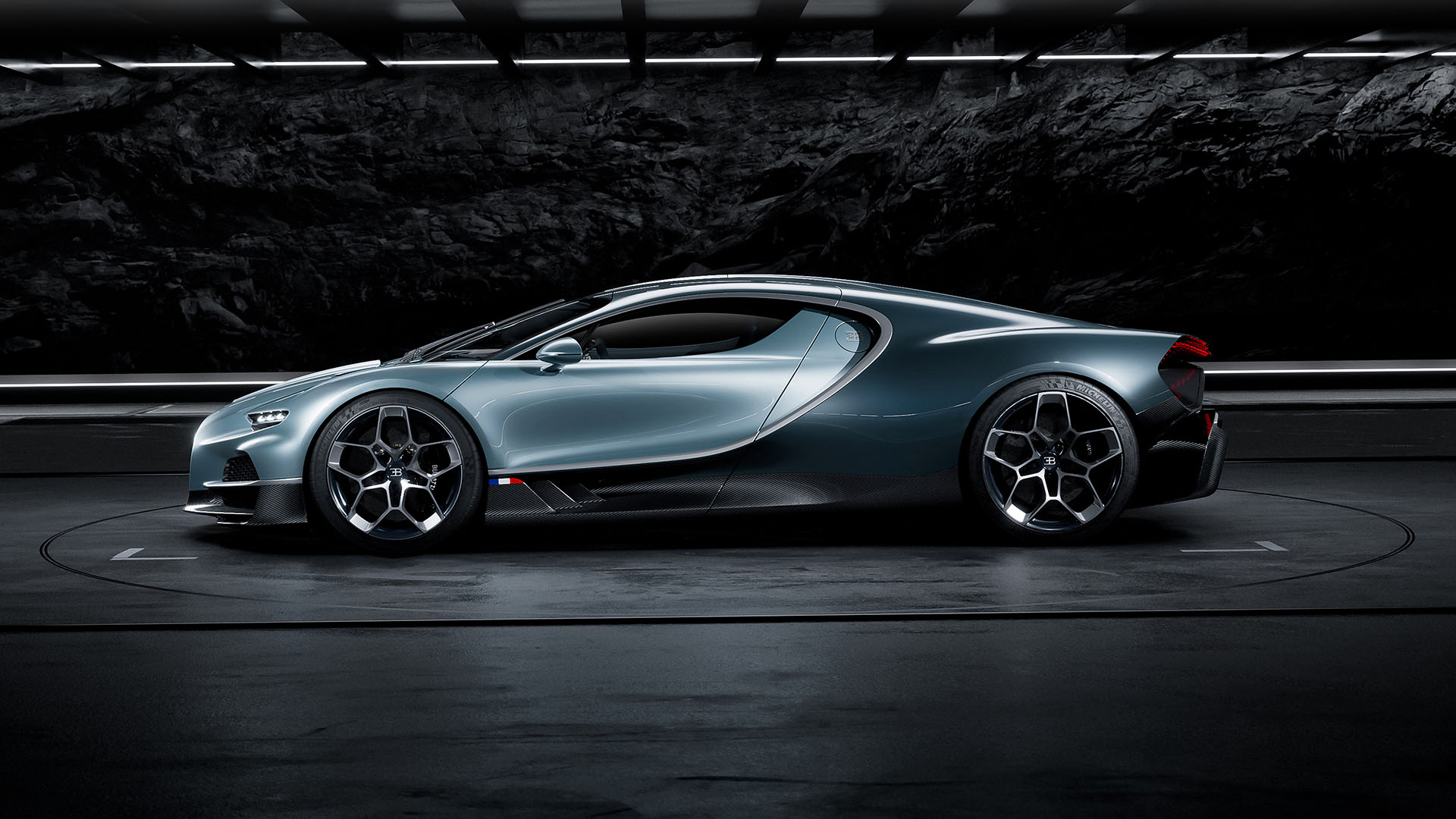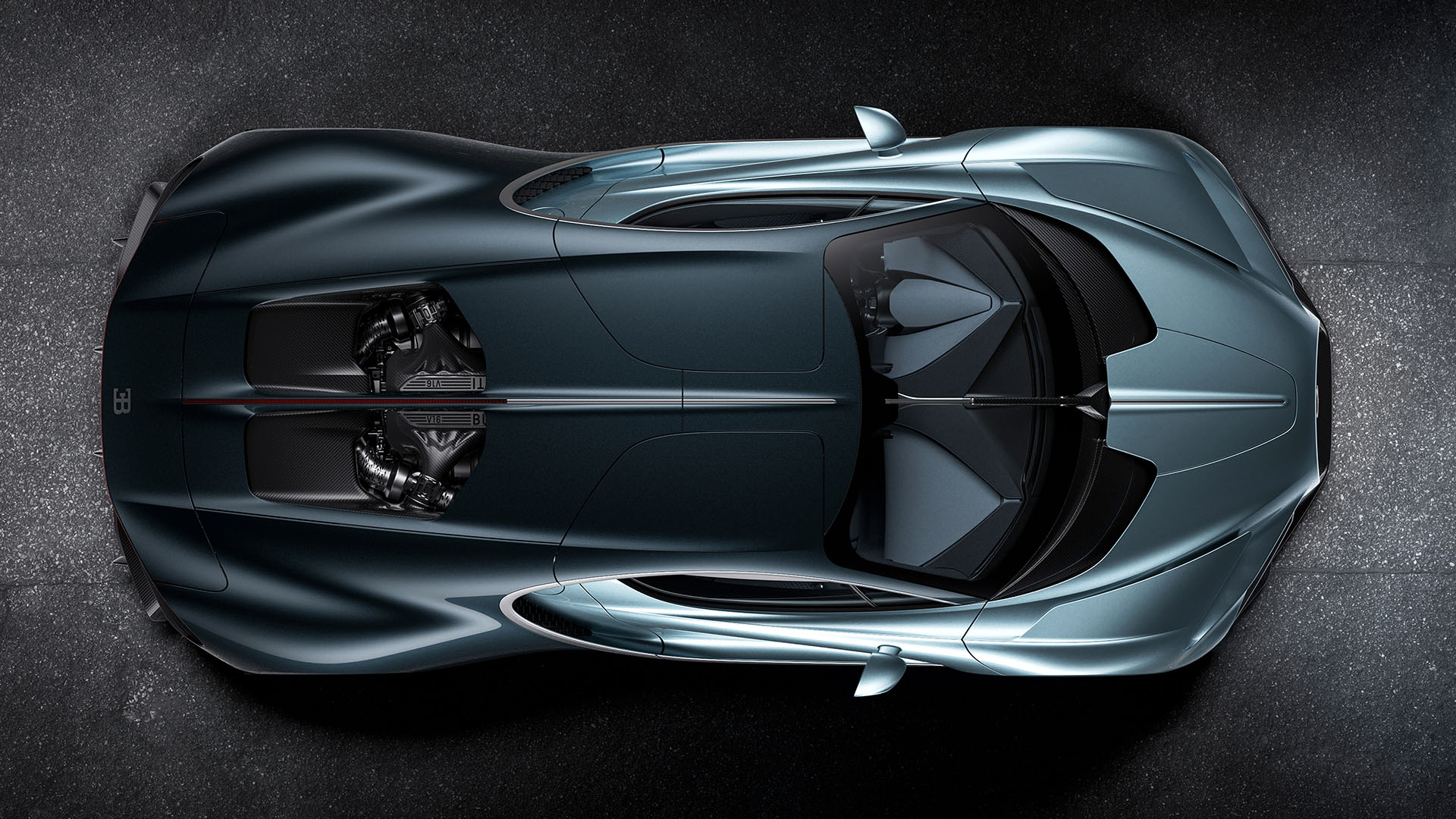When Bugatti unveils a new hypercar, the world listens — and the Tourbillon is no exception. The latest chapter in the marque’s storied lineage isn’t just another step forward; it’s a masterclass in how to respect over a century of heritage while racing full-throttle into the future.
For Jan Schmid, Bugatti’s Chief Exterior Designer, the task was nothing short of monumental: “finding that sweet spot of what a Bugatti is and what a Bugatti can be in the future.” The result? A machine that’s instantly recognizable yet brimming with new purpose — a perfect balance between tradition and transformation.
Every inch of the Tourbillon is a study in intentionality. The iconic horseshoe grille, now lower and wider than ever before, dominates the front end like a predator ready to pounce. It’s not just beautiful; it’s functional, seamlessly integrating aerodynamic flow and even accommodating an EU number plate without disrupting the car’s stance. It’s this obsession with detail — where art and engineering dance in perfect sync — that defines the Tourbillon.
From nose to tail, Bugatti’s historic DNA is woven into the car’s silhouette. The centerline spine, a nod to the Type 57 SC Atlantic, slices cleanly through the body before culminating in a brake light integrated directly into its form. The Bugatti Line, that unmistakable curve flowing from A-pillar to flank, gives the car its signature motion — even when standing still. Along that line, the brand’s legendary duotone split makes its return, celebrating the symmetry of lightness and strength.
Viewed from the side, the Tourbillon’s proportions are simply breathtaking. Its sculpted “Coke bottle” profile dips inward before exploding over muscular rear haunches, exuding both elegance and aggression. Despite sharing a footprint with the Chiron, the Tourbillon manages to package more — more space, more aerodynamics, more drama — all while sitting lower and looking even faster.
The front lighting design is pure mechanical poetry. The compact headlights, mounted on “flying fenders,” double as aerodynamic channels, guiding air precisely where it’s needed to feed radiators and intakes. It’s a reminder that in Bugatti’s world, function is never divorced from form — it’s sculpted into it.
Move to the rear and the artistry continues. The active rear wing hides in plain sight, emerging only when performance demands it, while a breathtaking monobloc LED tail light wraps around the back like a continuous red pulse. Beneath it all, the naturally aspirated V16 sits proudly exposed — a statement of purity in an age of hybridization.
Schmid admits his favorite feature is the rear fender, a direct homage to the Veyron’s grand surfacing. “It gives real strength and muscle to the car,” he says — and standing before the Tourbillon, it’s hard to disagree.
With the Tourbillon, Bugatti has done more than build a hypercar. It has sculpted a vision of what timeless performance looks like when heritage and innovation converge. The Tourbillon isn’t just the next Bugatti — it’s the next era of speed itself.


